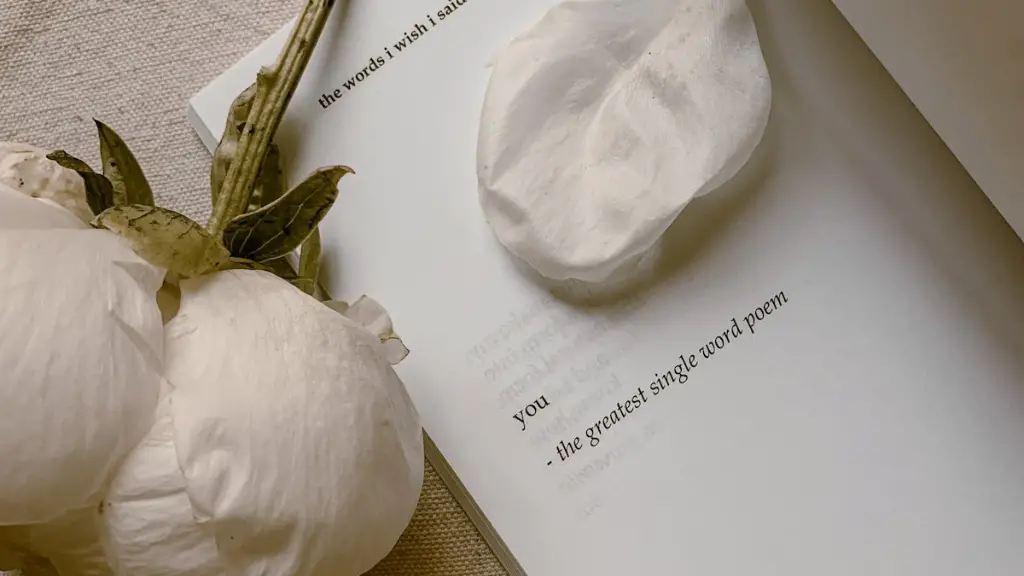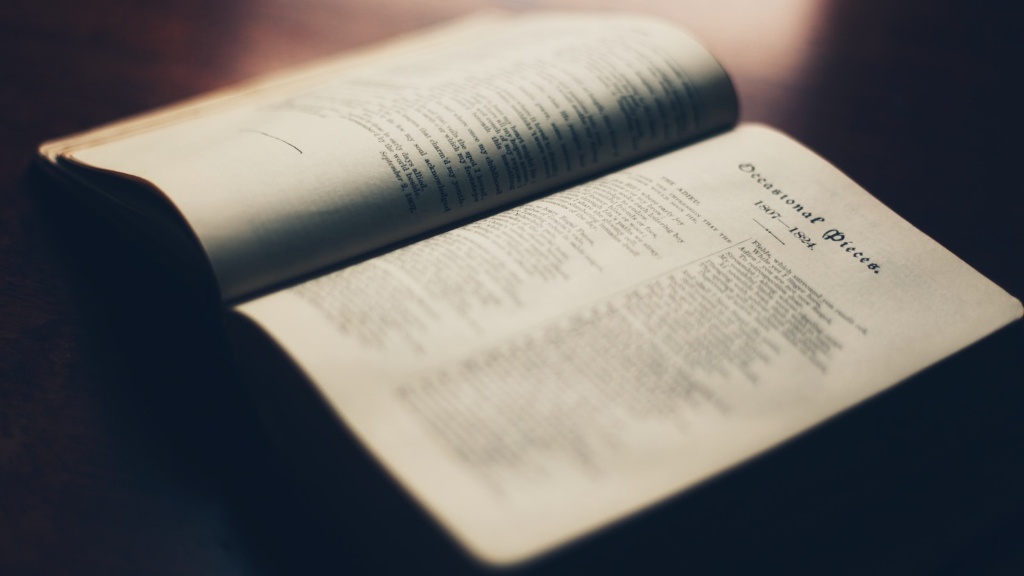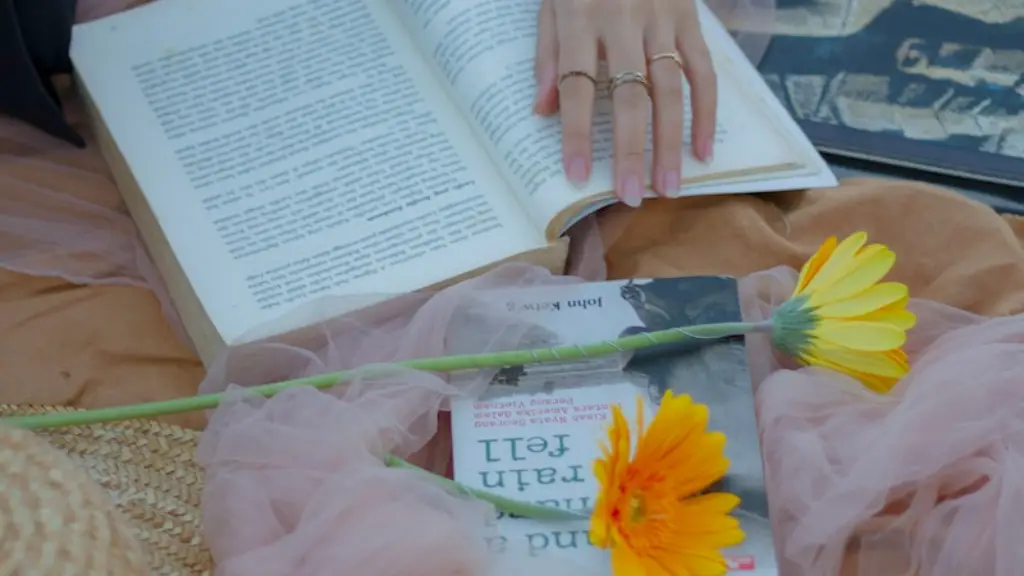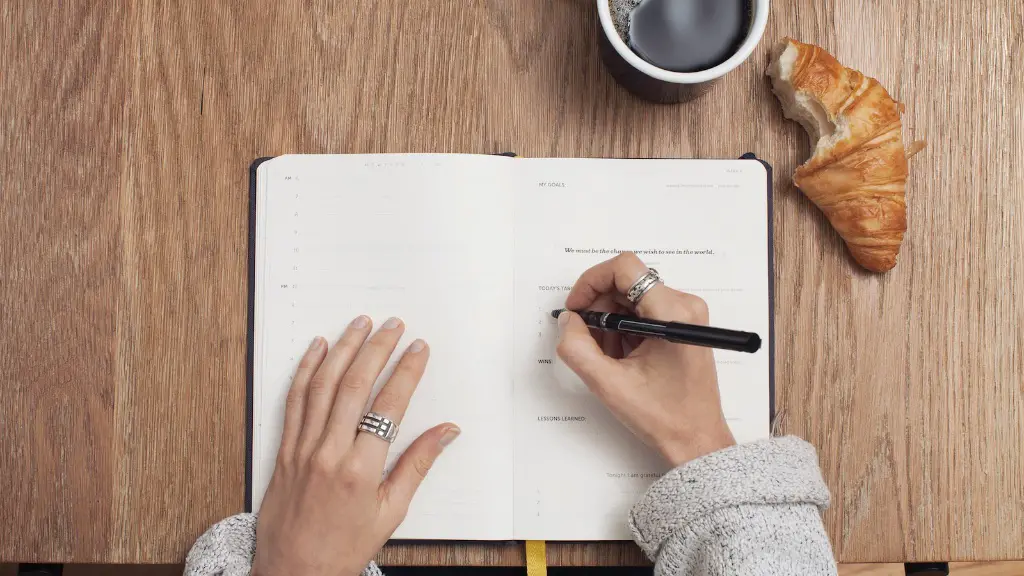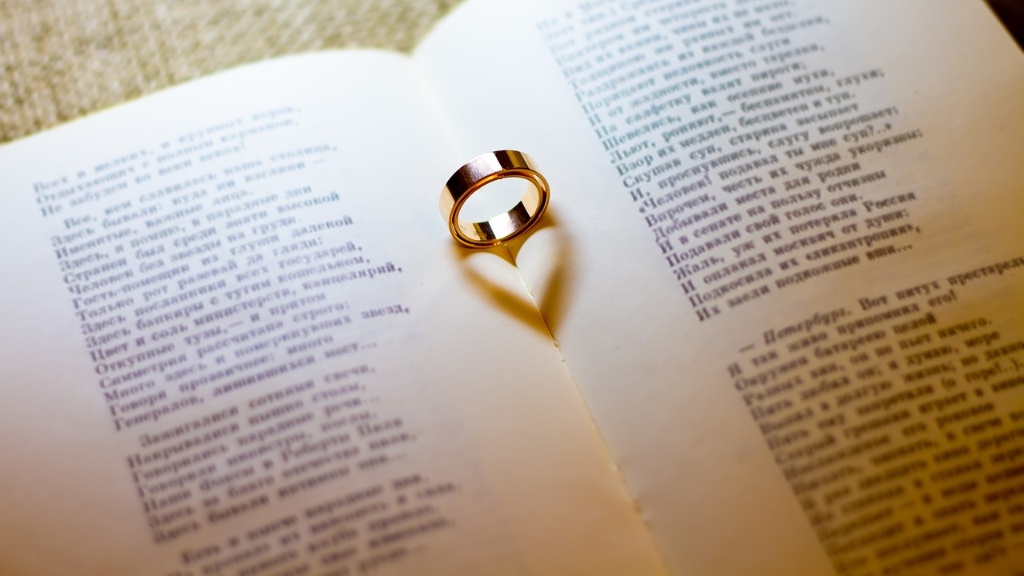Part 1: Understanding Poetry
When it comes to reading and understanding poetry, there is no one-size-fits-all approach. Poetry has its own nuances, symbolism and patterns of meaning, and it is generally less straightforward to comprehend than prose.
To make sense of poetry, readers must first determine what the poet is trying to convey. The first step is to look for patterns – a specific rhythm, for example, or a recurring subject or object. It is also helpful to look for the poet’s voice, and consider the poet’s attitude and point of view.
It is important to pay attention to the words themselves, and consider words’ connotations and how they might relate to the poem. Readers can also take special note of certain poetic conventions, such as alliteration and assonance, imagery and irony.
Experts recommend that readers read poetry aloud. This can help bring to life the rhythm, imagery and audio elements of a poem, and make the ideas within easier to comprehend. Additionally, analyzing poetry allows readers to gain a deeper understanding of a poem’s layers of meaning, facilitating a richer overall understanding of poetry in general.
Finally, it is helpful to take some time to interact with the poem and ruminate on it. It is important to question what the poem means, and to gain new insights and perspectives.
Part 2: Exploring Rhyme and Meter
In poetry, rhyme and meter are two important elements to consider when trying to understand a poem. Rhyme is the repetition of sounds at the end of words. When a writer rhymes the same sound, it is called an “end rhyme,” and when he or she rhymes similar sounds, it is known as a “slant rhyme.”
Meter is the rhythm of syllables that creates a pattern. A poem’s meter and rhyme can give clues as to its form and content, as different meters and rhymes are often used to create different effects. For example, a poem can be written to have a light, floating meter, or a dark, heavy one.
Look for patterns in the poem’s meter and rhymes to get an understanding of the poet’s flow and the poem’s structure. Pay attention to words of importance, such as when the poet rhymes a word with itself. This may signify a point of emphasis on a particular word.
Meter and rhyme all have implications on the poem’s tone, texture, and mood. In some poems, the meter and rhyme may evoke a particular emotion, such as sadness or joy. For those who are learning to read and understand poetry, recognizing the effects of meter and rhyme is an invaluable tool.
Part 3: Discernment of Imagery and Symbolism
Imagery and symbolism can be found in poems as a way of conveying a deeper meaning than in the literal language of the text. Through the use of vivid words and descriptions, the poet is able to craft a mental image, allowing the reader to experience the poem on a visceral level and increase understanding of its meaning.
By looking for clues in the words and the poem’s overall structure and ideas, readers can begin to see hidden symbols and meanings. For example, if a poet uses the metaphor of “sunlight” to describe a time of happiness, they could be using the image of sunlight to suggest that this time is positive, illuminating and comforting.
Readers can also pay attention to the poem’s tone, symbolism and imagery as well as the poet’s conscience and suggestions. Discernment of such elements can provide deeper insight into the poet’s intentions and can show readers how to interpret the poem on a more personal level.
Part 4: Analysis of Verbal and Structural Elements
The verbal and structural elements of a poem can reveal how the poem works as a whole. By analyzing the poem’s rhythm, meter and rhyme scheme, readers can understand its structure and determine how it affects the poem’s intended meaning.
Additionally, verbal elements such as alliteration, enjambment, consonance and assonance can be revealing. Pay special attention to words that are repeated or resonate, as they may have a deeper meaning.
The structure of a poem is just as important as its verbal elements. Look for patterns in the poem’s structure – how it is organized and arranged by stanzas and lines – and how this affects its flow and delivery. Also look for examples of shift in the poem’s overall structure, and how this contributes to its message.
Part 5: Analysis of Context and Themes
Context and themes are essential components in understanding a poem. Think about the different contexts in which the poem could be interpreted, such as when it was written, the circumstances of the poet, and the implied meaning behind the poem’s words.
It is also important to consider the poem’s themes, such as love, politics, ethics, or the natural world. Think about what the poem has to say about the themes it addresses, and take the time to investigate any deeper meanings or implications.
To gain a more in-depth understanding of a poem, readers can look for connections between the poem and other works, such as literature, philosophy, or history. Such contextual connections provide further insight into the poem’s overall message and its resonance on a wider level.
Part 6: Consideration of the Poet’s Craft
Understanding a poem involves considering the poet’s craft. To gain perspective into how the poem works and its effects, look closely at the poet’s tools: their choice of language and words, their use of literary devices, and their manipulation of form.
By analyzing the poet’s choices and techniques, readers can understand why and how the poet wrote the poem, why they wrote it and whom they wrote it for. Such elements can provide valuable insight into a poem’s overall message and meaning.
Readers should also take time to contemplate on their own response to the poem. Rather than searching for a particular interpretation, readers should consider their own initial reaction and look at the possible reasons why they may have had a response to the poem in the manner that they did.
Part 7: Reflection and Interpretation
Finally, readers should take time to reflect on the poem and come up with an interpretation of their own. To interpret a poem, readers must focus on their own understanding of the poem and how it makes them feel. When reflecting on the poem, readers should think about the different meanings behind each word and line, and how this contributes to the poem’s overall message.
To draw a personal interpretation of the poem, synthesize the poem’s various complexities and get to the heart of its meaning. The poem’s feelings and ideas should come together in a rational whole, allowing readers to come to a conclusion they are comfortable with.
In order to ultimately understand a poem, readers need to engage with it on an emotional level, and they must be willing to make connections with their own experiences. By doing so, readers can make sense of a poem on a more personal level.
